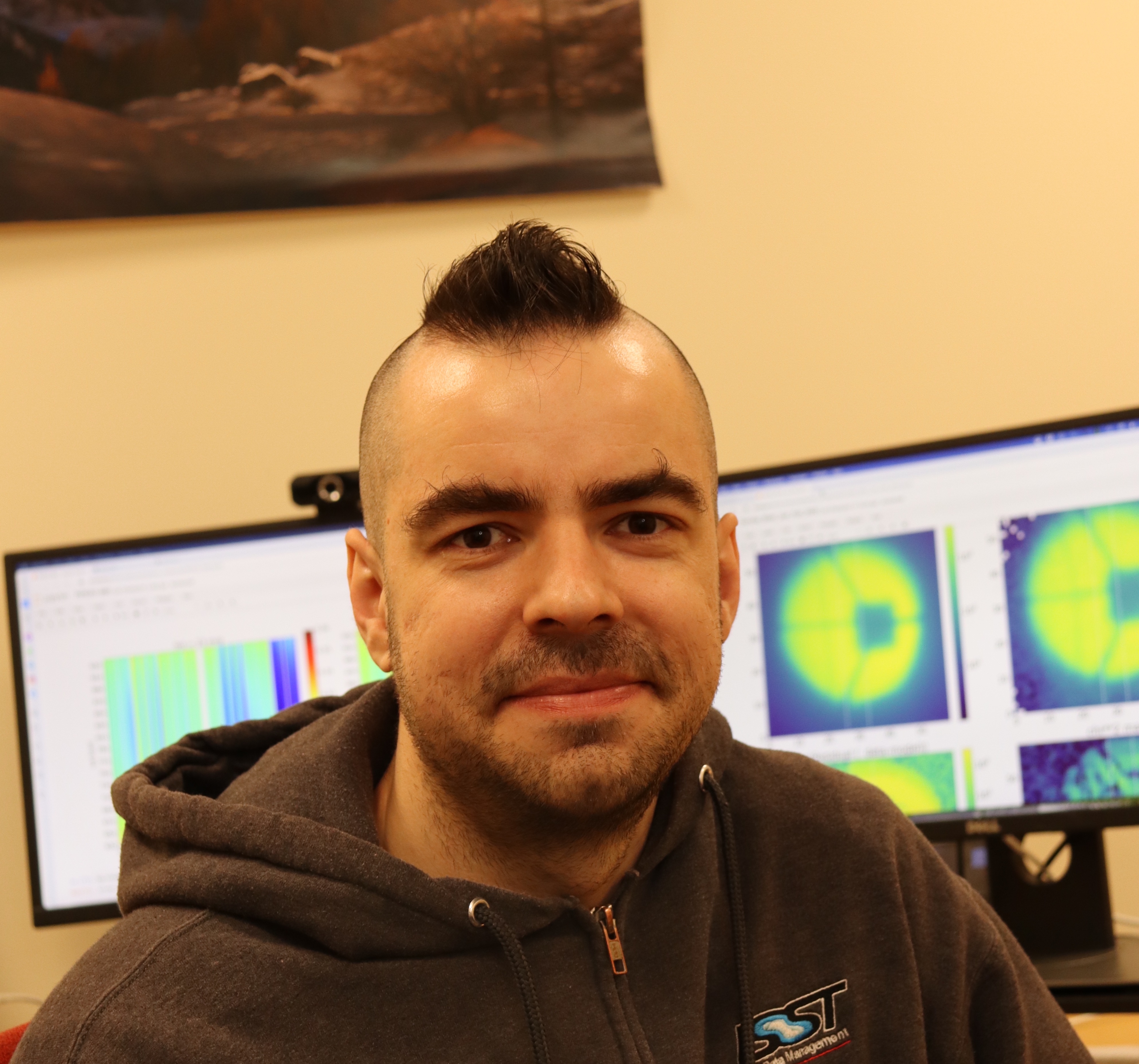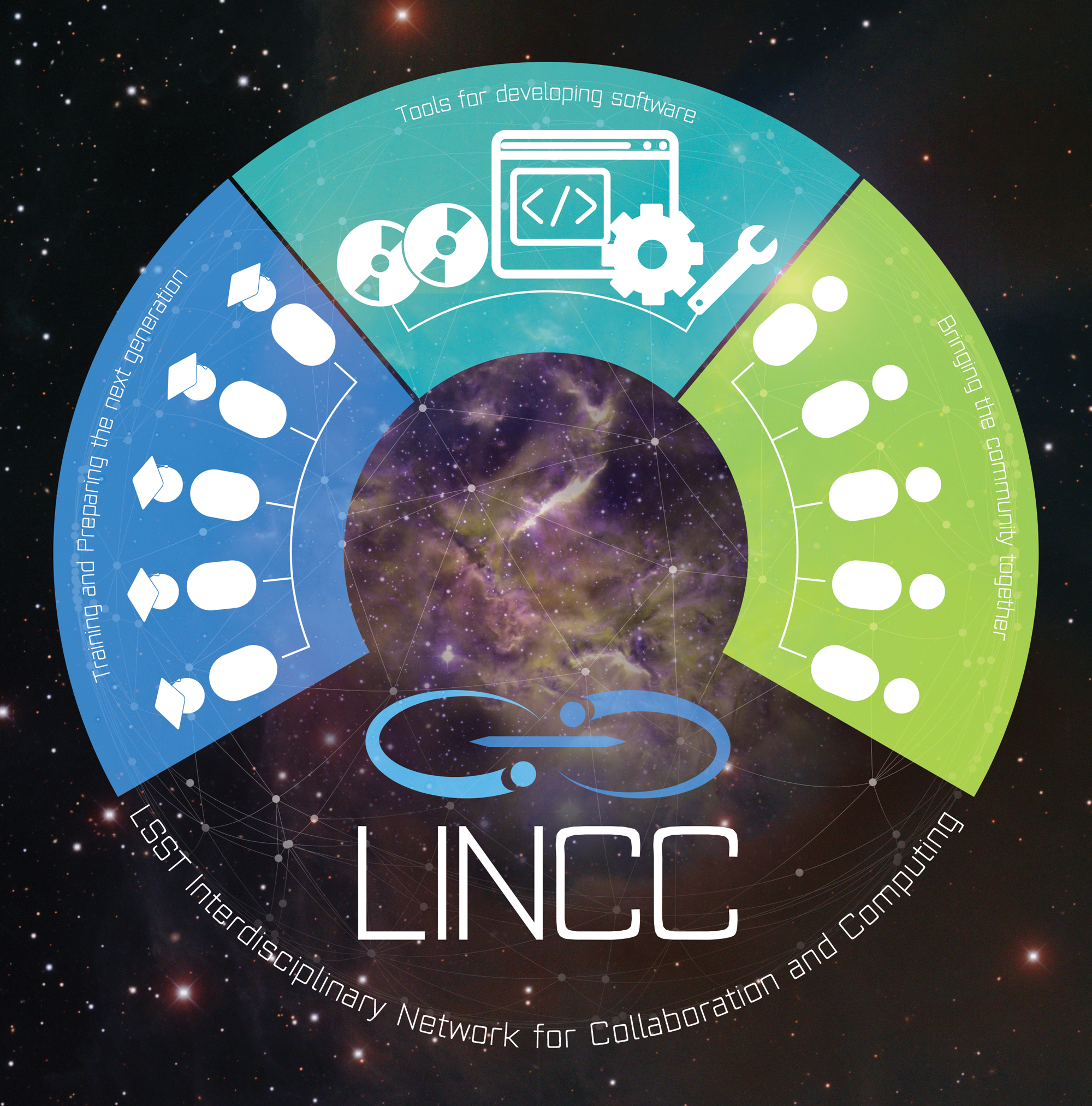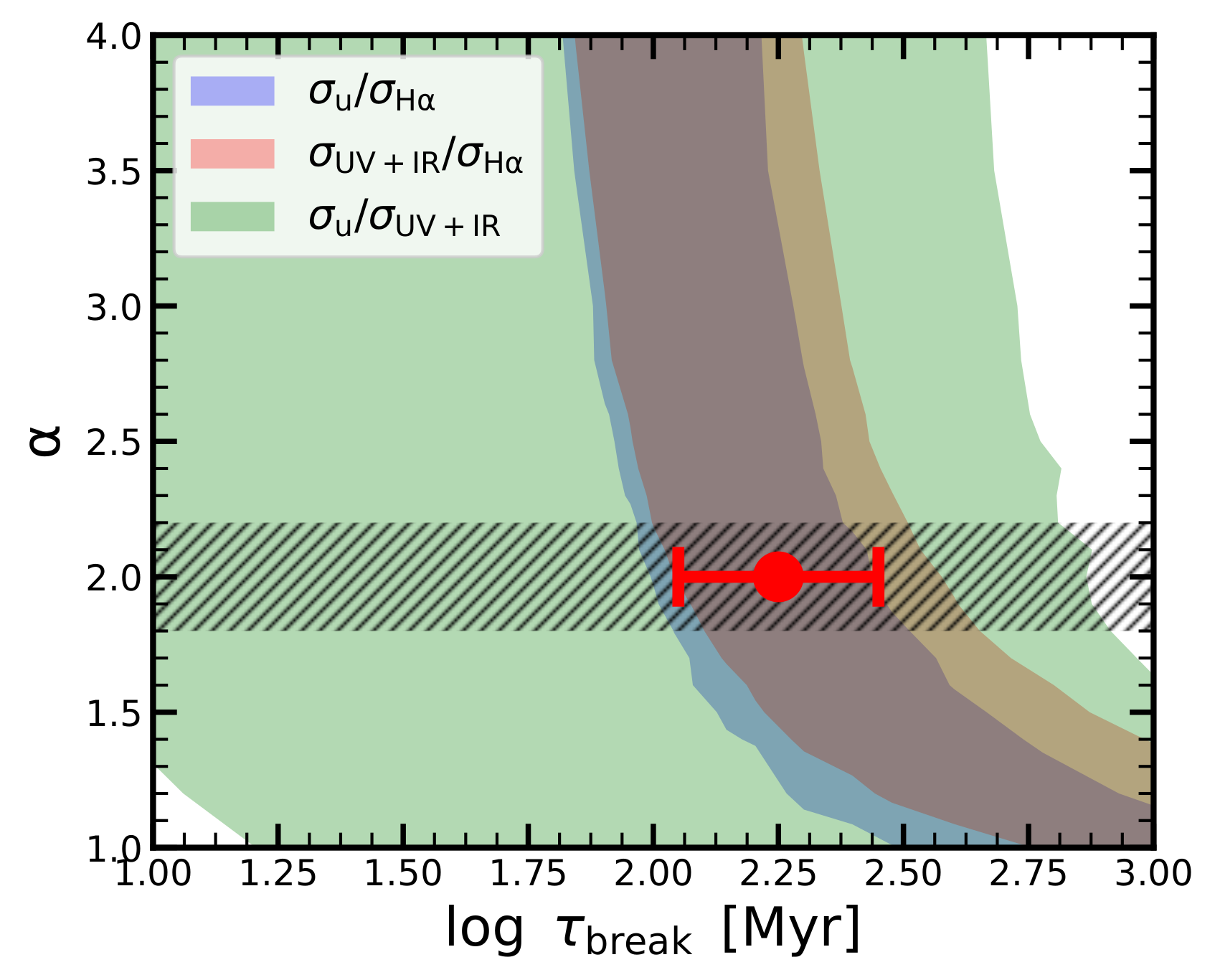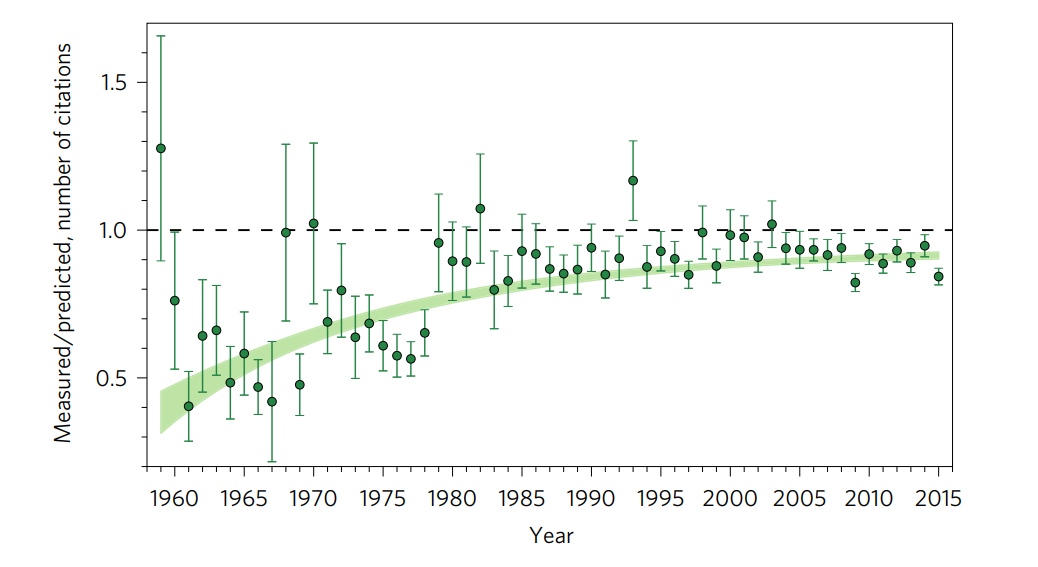Hi! This is personal webpage of Neven Caplar.
Researcher at University of Washington & Associate Director for LINCC Commissioning
About Me

I am member of DIRAC (Institute for Data-intensive Research in Astrophysics and Cosmology) at the University of Washington. I work on the commissioning of LSST and also direct the commissioning of LINCC (LSST Interdisciplinary Network for Collaboration and Computing).
Previously I was a member of the astronomy data group at Princeton University - I was working on the development of a 2d reduction pipeline for the upcoming Prime Focus Spectrograph, the instrument which is being installed on the Subaru Telescope. I completed my Ph.D. at the Swiss Federal Institute of Technology in Zurich (ETH Zurich) in the group of dr. Simon Lilly.
My research interests are mostly connected with the analysis of large datasets and variable sky research (especially AGN research). I enjoy programming and using advanced statistical methods to explore the data. You can find my research CV here and short description of some of my projects below.
Projects

LINCC homepage
50% of the time I am working on scientific verification and commisioning of the pipelines for LSST.
Other half of the time, I am guiding the commissioning of LINCC - this is an effort to develop high quality, robust analysis frameworks to enable scientific discoveries.
I am focusing on software developoment and projects that will enable the time-domain science in the LSST survey.

Poster presented during the Society of Photo-Optical Instrumentation Engineers meeting in July 2022
Previously, my main effort was concentrated on the 2d data pipeline for processing spectra taken by upcoming Prime Focus Spectrograph.
I have been analyzing defocused images taken in the lab to study the instrument's point spread function.
The aim of the project is to model the point spread function with high accuracy to achieve high-quality subtraction of the skylines in the upcoming data.

N. Caplar & S. Tacchella, 2019 MNRAS
Together with Sandro Tacchella (Center for Astrophysics | Harvard & Smithsonian), I have been investigating the time evolution of galaxies.
We have been successful in modeling the star formation histories of galaxies as a stochastic process.
When comparing with the data, we find that galaxies become decorrelated, i.e., lose the memory of their previous star-formation, on the scale of roughly 200 Myr.

N. Caplar, S. J. Lilly, B. Trakhtenbrot, 2018 ApJ
Large part of my Ph.D. was on galaxy-black hole co-evolution.
I developed a phenomenological model which successfully explains many observations, such as quasar luminosity function, the evolution of Eddington ratio etc...
One of the most exciting results was that the black hole-stellar ratio was around ten times larger at redshift 2 than today!

N. Caplar, S. J. Lilly, B. Trakhtenbrot, 2017 ApJ
I am particularly interested in time-domain astronomy. One of the most interesting projects was the study analyzing optical time variability of AGN in Palomar Transient Factory Survey.
We have analyzed 28000 AGN with 2.4 million data points.
After full recalibration of the survey, we have characterized the global properties of AGN variability (e.g., we see that more luminous AGN are less variable) and also discovered an interesting steepening of the power spectral distribution for more massive objects.

N. Caplar, S. Tacchella, S. Birrer, 2017 NatAst
I have also investigated and quantified the gender bias in astronomy.
We have analyzed over 200000 papers from the field of astronomy and used machine learning techniques to estimate the difference in the number of citations between papers written by men and women.
We find that women receive around 10% less citations than what would be expected if the same papers were written by men.
Contact information
University of Washington, Department of Astronomy |
ncaplar[at]uw[dot]edu |